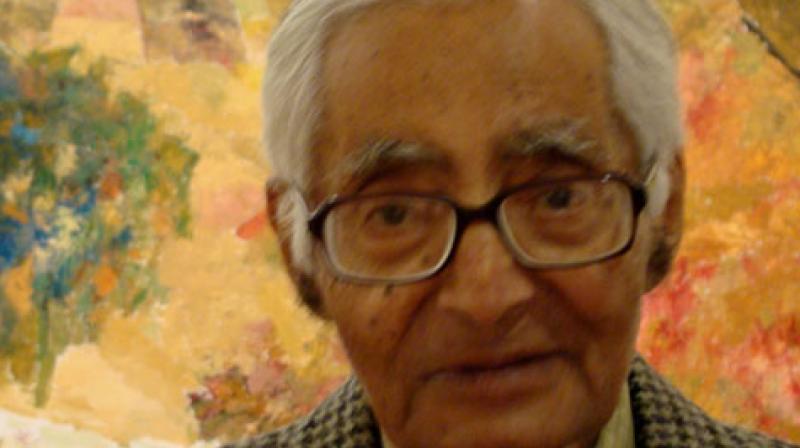A legend passes

In Ram Kumar’s passing, India loses a legendary artist who was among our leading modernists. Learning his art in Paris in the immediate post-colonial period, he went on to present his passion in an art language that would be as easily understood in Paris, London or New Delhi. It was by chance that Ram Kumar stumbled upon his passion at an art exhibition while walking aimlessly on New Delhi’s streets while studying economics at St Stephen’s College. He went to Paris to train under Andre Lhote and Fernand Leger from 1949, and later blossomed like his contemporaries in the Bombay Progressive Group and Delhi’s Shilpi Chakra in the 1950s. He was an understated member of the quartet of artists who were to become legends like M.F. Husain, Tyeb Mehta and S.H. Raza.
As Indian art progressed rapidly in the early days of Independence from the earlier plain landscapes and portraits, the consciousness of being Indian also flowed to create a unique branding that was Indian and yet saleable internationally. A million dollars may have been the most that a Ram Kumar painting was to sell, but then he was a writer in Hindi and drew satisfaction from his being able to project the human condition as his main concern. A pivotal journey to Varanasi in the 1960s saw him take to abstract art and he excelled in it, never to return to figural painting again. His contemplation of the cosmic cycle and the brilliance of his landscapes straddling abstraction and naturalism made him an artist who added vastly to the lustre of modern Indian art.

